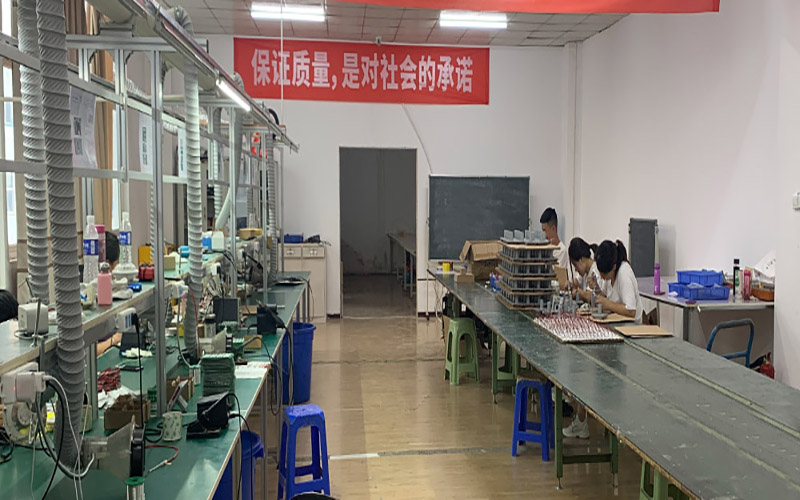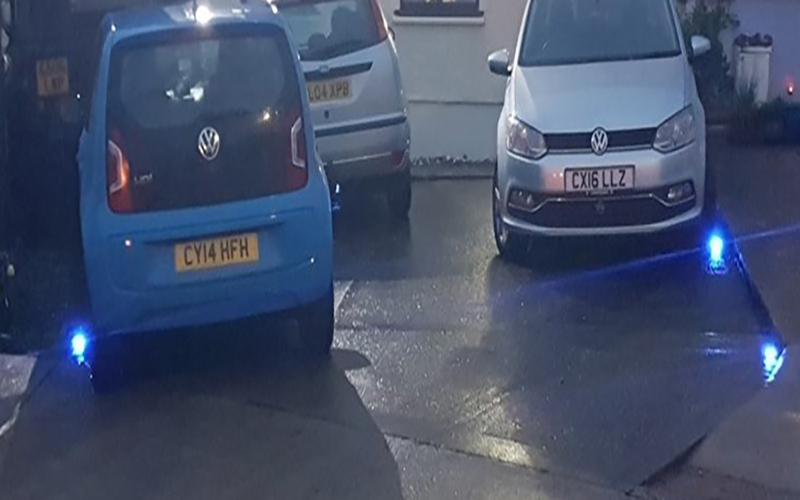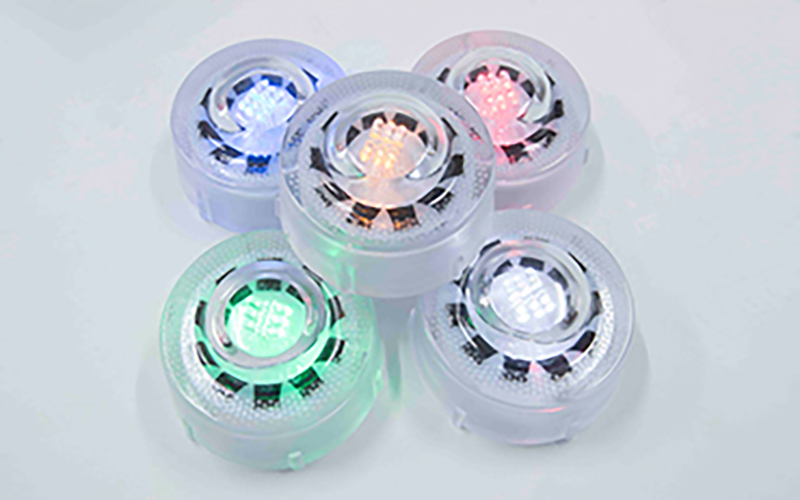Last time we shared the “Application of Tempered Glass Road Studs on Highways”, this time we will continue to share tempered glass reflective road studs.

Brief introduction of tempered glass reflective road stud
The advent of tempered glass reflective road studs: Tempered glass reflective road studs appeared on the market in the 1980s, and the exact time of their invention is untestable. Early tempered glass road studs are mainly divided into three types:
(1) A reflector is installed in the tempered glass shell;
(2) “Bantou”-shaped tempered glass is pasted with reflective paper and protected by an aluminum alloy shell;
(3) Cat-eye tempered glass road stud.
The first and second types of tempered glass road studs do not meet the specifications due to durability, applicability, government regulations and other reasons, and they have been eliminated by the market today. Nowadays, the “tempered glass road studs” are all the above-mentioned cat-eye type toughened glass road studs.
Anyang, Henan, is the first place in the world where tempered glass road studs were widely used. In the early 1990s of the last century, there were more than forty companies in Henan that produced and developed this product. However, due to the special tempering and reflective layer processing technology, most companies did not know how to solve this problem, so the Henan market was flooded with many Untempered and semi-tempered glass road studs. Therefore, the Henan Transportation Department formally intervened in the management. In 1995, it was handed over to the Henan Transportation Research Institute to conduct a one-year product research and investigation of tempered glass road studs. Product standards and inspection methods, after a one-year trial, officially set the CNS13762 standard; later, after three formal amendments within a few years, the standard is still in use today and is the only standard in the world that fully stipulates toughened glass road studs.

The characteristics of tempered glass reflective road studs
At present, the quality of glass road studs on the market is uneven. Except for “full-tempered glass reflective road studs”, the others with poor toughening technology can be divided into “semi-tempered” and “untempered” glass road studs. Here are a few characteristics of all-tempered glass road studs as follows.
(1) High strength and good durability: The fully tempered glass road studs with special tempering treatment have excellent surface hardness, impact resistance and abrasion resistance. All-tempered glass road studs can be used for more than 5 years on expressways, and more than 10 years for general roads. Generally, toughened glass will break into small pieces when it is broken; if the fully toughened glass road stud is broken, it will also have the characteristics of toughened glass. The glass structure will be completely crushed and almost powdery, which will not cause danger to tires and passersby. The semi-tempered glass road stud will become a slightly larger block when it is broken, and the sharp block will be formed when the un-tempered glass road stud is broken. 1 It may cause danger to driving safety.
(2) Good fixability: When installing toughened glass road studs, a hole must be drilled in the ground, and then fixed with asphalt glue or epoxy resin. Under normal installation conditions, there will be no falling off. Traditional road studs are mostly directly attached to the pavement, and the vehicle is easy to fall off when rolling, and the pavement will be damaged when it falls off, which will shorten the life of the asphalt pavement.
(3) Long-lasting reflection: The treatment of the reflective layer of tempered glass road studs is mainly divided into two methods: aluminum alloy sintering or silver vacuum plating. The silver vacuum plating method is a technology more than ten years ago, with high cost, and because the outer layer needs to be painted with a protective lacquer and its durability is insufficient, generally it can only provide a reflective effect on the road for about 1 to 2 years. The current mainstream processing method is aluminum alloy sintering. Aluminum alloy sintering has sufficient thickness, adhesion, good corrosion resistance, low cost, does not change the color of light, and can provide a semi-permanent reflective effect, which can generally last for more than ten years. , It is more in line with the demand of tempered glass reflective road studs.

(4) 360-degree reflection: The appearance of tempered glass road studs is very different from the design of traditional square plastic or aluminum alloy road studs. Rugged mountain roads can reflect light from any direction, and there will be no reflective dead corners on bends. Compared with traditional road studs, they can only reflect light on a flat surface, and the reflection effect is better.
(5) With a beating warning function: the protruding part of the tempered glass road stud is the hemisphere on the top of the road stud. When the driver deviates from the lane and runs over the road stud, it will vibrate and make a sound. It can provide a “bounce warning” function to remind and warn the driver The person’s lane deviated.
(6) No maintenance and cleaning: the surface of the toughened glass road stud is smooth, dust is not easy to accumulate, and it has a self-cleaning function when it rains, and no additional maintenance and cleaning are required.
(7) Improving the driving environment at night: Installing toughened glass road studs on the highway network is not only the “finishing finishing touch”, but also the good reflective effect allows drivers to clearly identify the lane at night, reducing the fatigue of long-distance driving and reducing car accidents Happen.